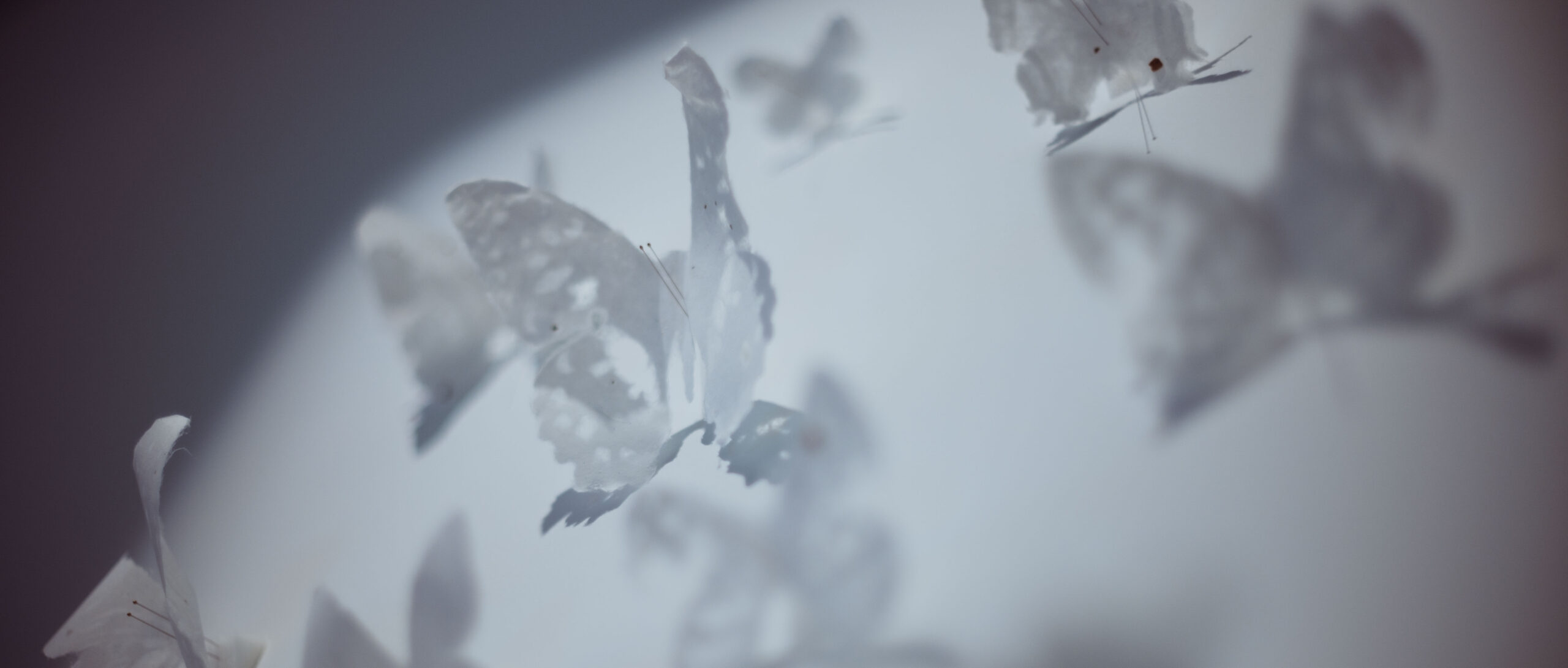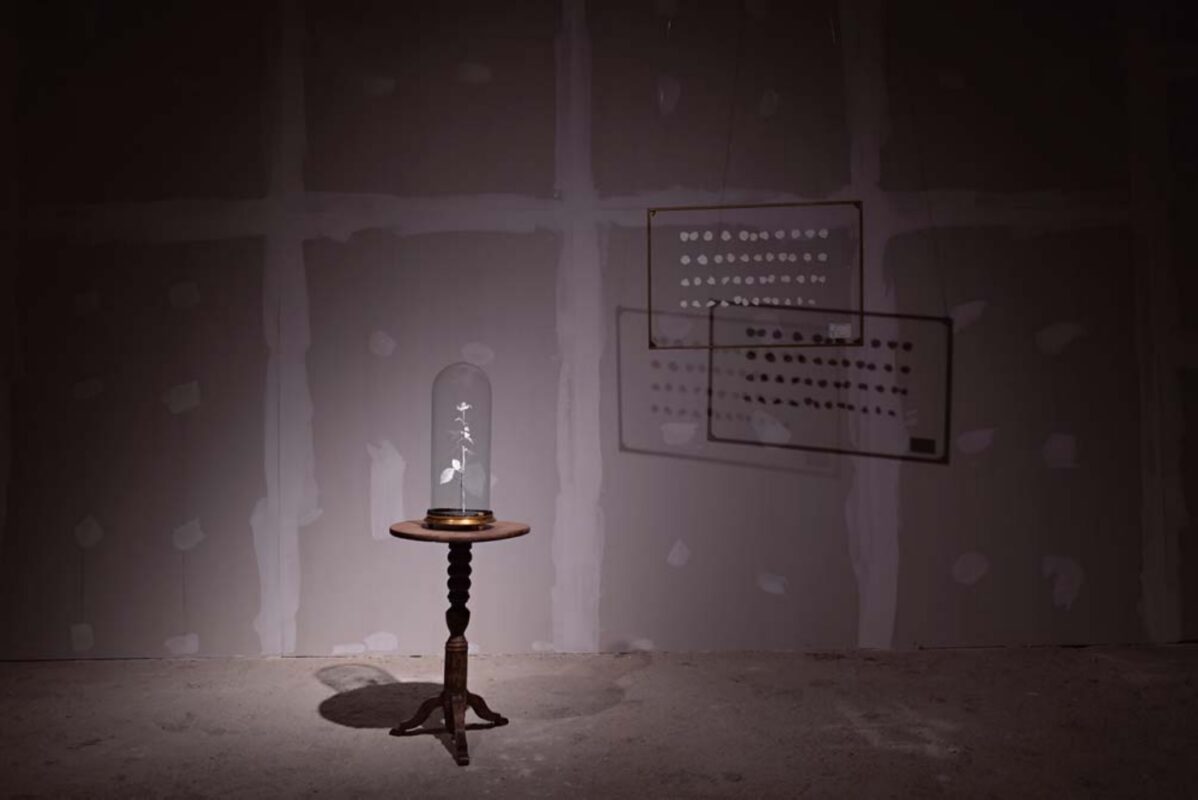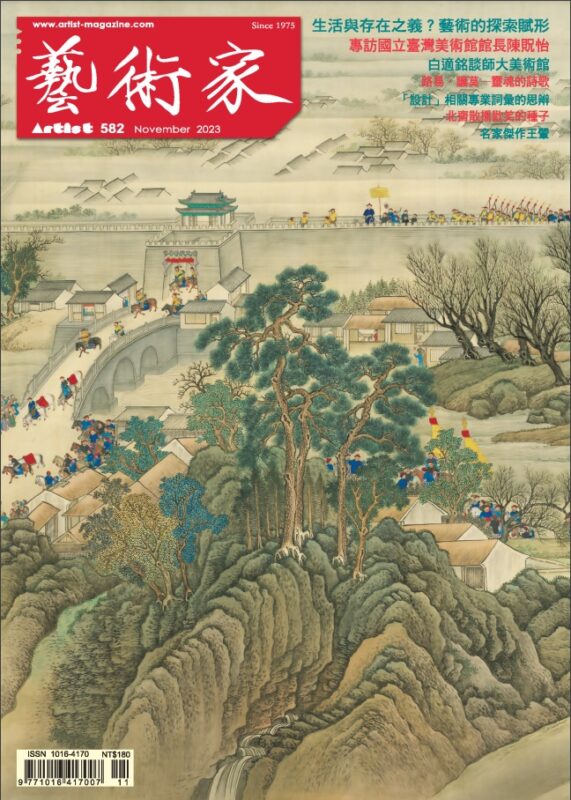Throughout history, beyond spoken and written language, humans have primarily relied on images for communication. The mediums and techniques for creating or transmitting images have evolved across eras—from hand drawing to printing, photography, video, and today’s digital imagery. Each new technology introduces novel possibilities, yet never fully replaces existing methods.
Printmaking, or printed pictures, is a time-honored visual medium across both Eastern and Western cultures, and a richly rooted form of artistic creation. Eastern traditions have refined the aesthetics and technique of woodblock printing, while the West, driven by visual communication needs, developed a range of intaglio, lithographic, and screen print methods in modern times—extending to digital print experiments nowadays. For contemporary printmakers, the technical scope is broad, yet the core structure of traditional printmaking still generally involves three key stages: drawing, carving, and printing. In essence, prints are not directly hand-drawn but created through an indirect process of engraving and pressing. This indirect nature sets prints apart from other drawn images, and presents a technical threshold every printmaker must cross. However, this very indirectness—and the multiplicity it introduces—has historically led to the marginalization of printmaking in art contexts that prioritize the singular “hand” of the artist.

YANG Chung-Ming, “Flora of Formosa: Eternal Flight fig. 1~4” (detail), 2023, Watermark, Handmade Paper
But must printmaking remain confined to these boundaries? What, after all, is the essence of printmaking as an artistic form? Where are its limits? Not every printmaker seeks to explore these questions. YANG Chung-Ming, who studied mezzotint during his university years, initially chose this “antiquated” intaglio technique and, through relentless dedication, developed remarkable mastery—garnering early accolades. Art history includes many lifelong mezzotint specialists known for their exquisite tonal work. Yet unlike those driven primarily by technical virtuosity, YANG’s journey shifted dramatically in 2015 onto an unpredictable new path.
Invited by the National Palace Museum of Taiwan to view its Ming and Qing dynasty print collections, YANG was deeply moved. This encounter prompted a reflection on the history and future of printmaking across cultures and eras. In his screen installation “A Dream of Wandering in a Garden” (with spring/summer/autumn/winter four panels), YANG used Multiple-plate linocut, Chine-collé, and embossing techniques to reinterpret fragments of ancient texts—declaring, through a contemporary artist’s gaze, a new beginning in his printmaking practice. This new energy crystallized in the 2016 “Byroads, A Time Odyssey” series: while evoking traditional East Asian aesthetics, the works were grounded in contemporary print experimentation. YANG did not stop there. His 2019 “Timeless” series boldly crossed traditional boundaries—returning to mezzotint but combining prints, matrix with installation art, exploring themes of time, love, and mortality through deep blacks and subtle metallic tones.



YANG Chung-Ming, “Timeless: Time of Lovers”, 2019, Mezzotint, Hand-colored brass frame
YANG Chung-Ming, “Timeless: Time of Lovers / Objects”, 2019, Mezzotint brass plate, Clock parts, Black velvet box
How might printmaking evolve further? If drawing, carving, and printing are its essential stages, could the long-overlooked medium—paper—offer a new path? In 2019, YANG was invited to the Taiwan Forestry Research Institute on Nanhai Road in Taipei, an unassuming location rarely noticed by the public. There, he began a four-year collaborative experiment. He encountered the institute’s complete preserved set of the Japanese botanical encyclopedia “Honzo Zufu” (Illustrated book of medicinal herbs), comprising 95 volumes and over 2,000 plant illustrations.
“Honzo Zufu” was completed in 1828 by Japanese botanist Iwasaki Tsunemasa. The version preserved at the Forestry Research Institute was published between 1918–1922. This encounter reignited YANG’s love of plants and sparked a new artistic direction. After extensive experimentation in fiber science and handmade paper—including many failures—YANG launched a new printmaking concept. From October to December 2023, he held a solo exhibition “Flora of Formosa: Solo exhibition of Yang Chung Ming” at Gallery de sol, who dedicated to advancing print-based art. This time, paper was no longer the medium—it became the work itself.

YANG Chung-Ming, “Beyond Ink: B612”, 2023, Handmade Papermaking
Back in 2014, inspired by Taiwanese writer Ai-Ya’s botanical essays, Yang created the series “Silent Fireworks” combining mezzotint and intaglio color prints. There, plants were the motifs engraved and printed with poetic delicacy. In contrast, the 2023 works are starkly white—branches and blossoms that command silent attention. They are no longer merely images of flowers, but seem to be flowers themselves—fragile yet resilient, standing tall in air. Viewers unfamiliar with YANG’s artistic journey may well wonder: is this even printmaking?
Without a doubt, it defies the conventional definitions. Yet without YANG’s foundation in printmaking and his pursuit of “print-based art,” such an expansion of the form would be unthinkable. More than pushing the boundaries, this is a new proposal for contemporary art. In “Flora of Formosa: Solo exhibition of Yang Chung Ming,” the “Honzo Zufu” becomes a reimagined text: its scientific botanical illustrations are transformed through papermaking into a fusion of drawing, carving, and printing—embedded into the very creation of handmade paper. The birth of white paper becomes the birth of image. This is an unprecedented concept and practice.
“Flora of Formosa” moves us with its purity and refinement. Stepping into Gallery de sol to witness these exquisitely crafted paper works, one may feel—especially those devoted to printmaking—a rebirth-like joy born from astonishment.
(The author is a professor at the College of Liberal Arts and the Graduate Institute of Art Studies, National Central University.)

|Source|
Publication | Artist Magazine
Note | 2023 NOV / p.228
Text | HSIEH Chia-Chuan
Images | Gallery de sol



 中文
中文